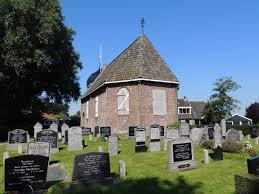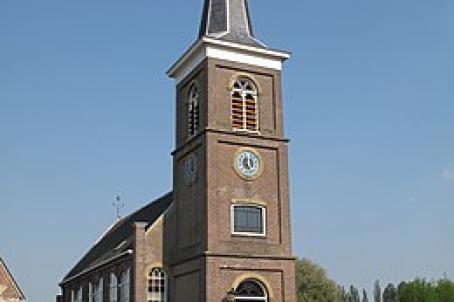Goingaryp Church

The church in Goingarijp is one of the churches with its own clock chair. That makes the church special - even if the clock chair was often a choice of poverty. The stained glass windows are a special attraction for the many (water sports) tourists who visit this church.
About this building
The name Goingarijp is derived from Goai (a personal name), gea (village) and ryp (strip). Goingarijp lies at the end of reclamation strips, which have their origin in the village Goenga. The church is in the middle of the village. Above the southern entrance is a stone with the coat of arms of Vegelin van Claerbergen with the year 1770. The church is often visited by (water sports) tourists. The Local Commission rents the building quite regularly to the Protestant local community in the area, and for mourning and wedding services.



